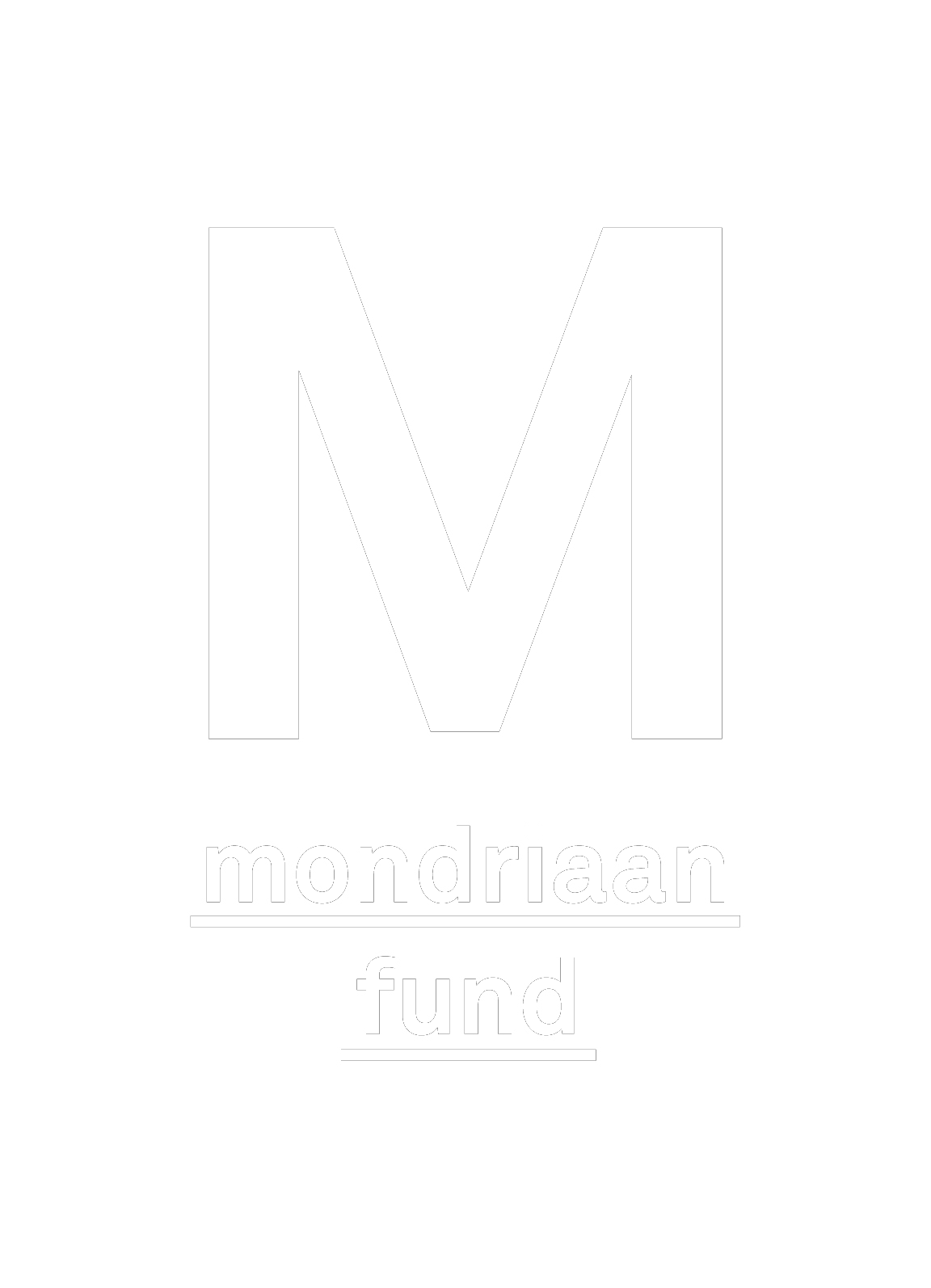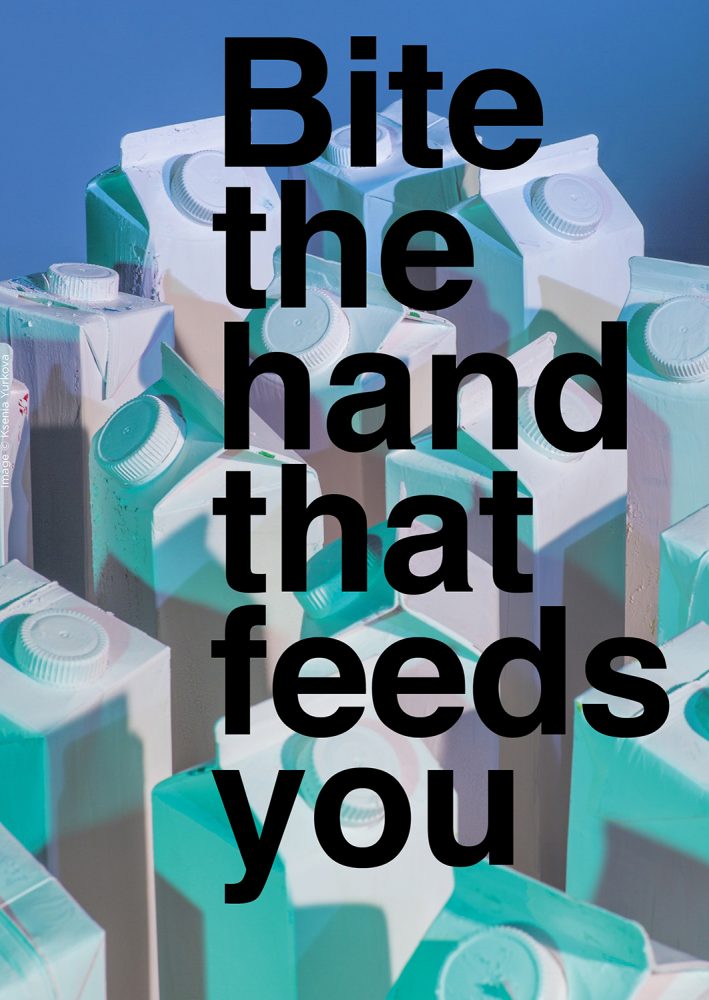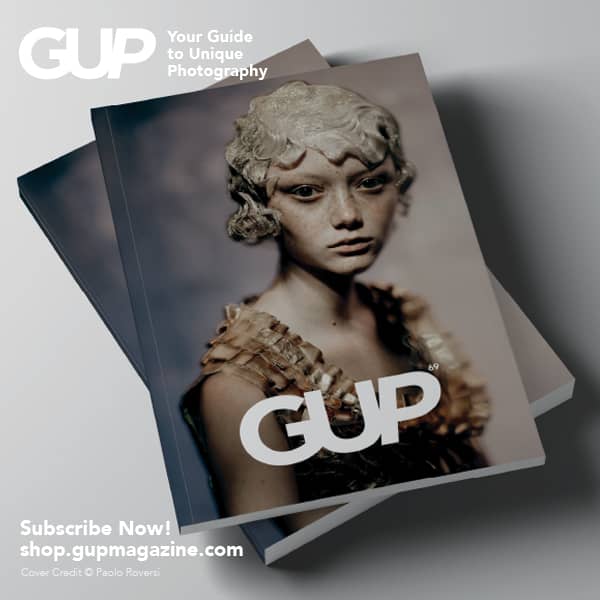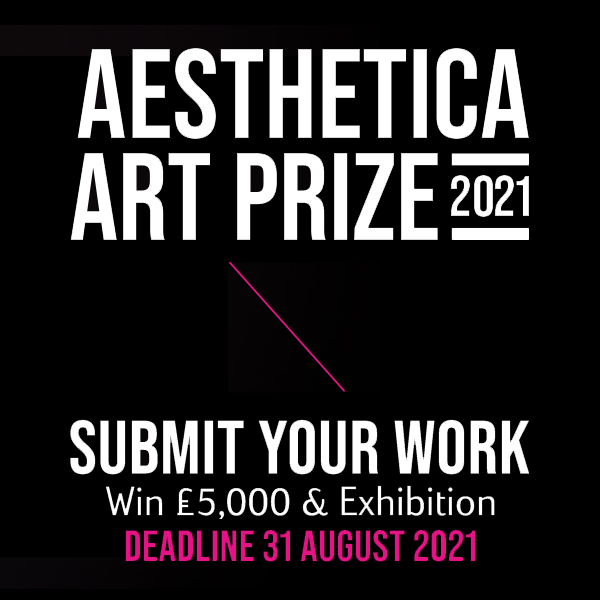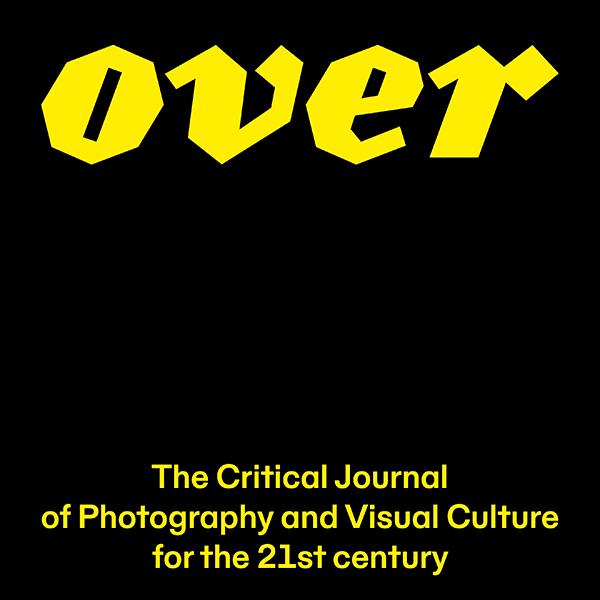Alan Phelan
Dániel Szalai
Gê Viana
Hans van der Meer
Hertta Kiiski
Ksenia Yurkova
Sheng-Wen Lo
Bite the Hand that Feeds You
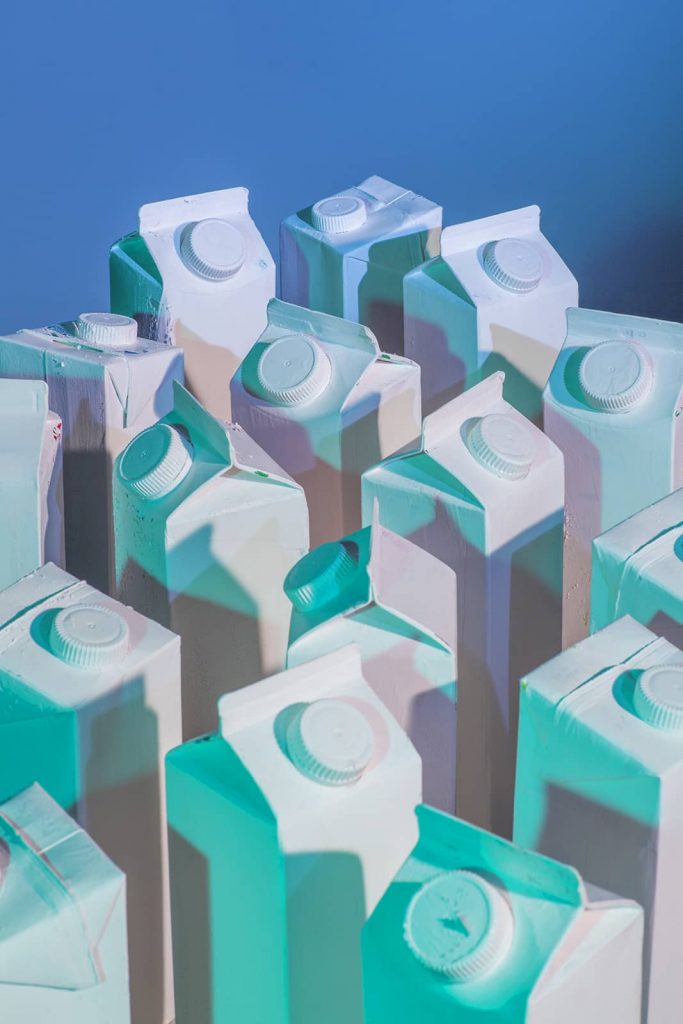
Running 5 July-2 August
At Rathfarnham Castle 153 Rathfarnham Rd, Rathfarnham, D14 F439, Dublin
Opening Hours Mon-Sun 9:30am-5:30pm
Admission free booking recommended by calling 01 493 9462 or emailing rathfarnhamcastle@opw.ie
Artists Alan Phelan, Dániel Szalai, Gê Viana, Hans van der Meer, Hertta Kiiski, Ksenia Yurkova, and Sheng-Wen Lo
Associated Artists Talks:
– 6pm Friday 2 July — PhotoIreland Festival Launch with Hertta Kiiski
– 1pm Wednesday 7 July — Dániel Szalai and David Hunt
– 1pm Wed 14 July — Hans van der Meer, Niall Sargent, and Sinéad Moran
– 2pm Sun 25 July — Reading Group: Ksenia Yurkova and Corina Apostol
– 1pm Wed 28 July — Sheng-Wen Lo and Maria Delaney
Book these for free here.
There is power in how we feed ourselves, with food being the cornerstone of cultures, ideologies, and principles. Eating or not eating can be an act of protest, feeding or not feeding — an act of control; food brings people together and pushes them apart. Through the presentation of current work and commissions, this year PhotoIreland Festival brings to audiences selected artists exploring this contentious, yet every day, topic.
With topics ranging from sustainability to colonisation, from hunger to overconsumption, trauma to technology, ethics to ideologies, and even surveillance capitalism, this exhibition brings together contemporary lens-based works, serving a cornucopia of engaging and relevant material.
Delving into the recent past, Irish artist Alan Phelan creates a new suite of his acclaimed Joly screen photographs to recount recent memories of imperial and colonial working conditions through the stories of global fruit production controversies.
It is difficult to address the topic of food without addressing the complexity of the animal-human relationship. The humble cow appears to play the protagonist in this exhibition, appearing in the works of Dutch photographer Hans van der Meer who investigates the world of the Dutch dairy cow, thinking about the future of modern farming and its impact on production and the environment. Meanwhile, Dániel Szalai’s latest project renders cows and their environment using photogrammetry, reflecting on surveillance and the influence of technology on our relationship to nature. Also utilising technology to analyse human-animal relationships, Dutch-based artist Sheng-Wen Lo invites us to dive deeper to experience the consequences of overfishing through TUNA. After the launch of her commissioned work, Milky Way in Project Arts Centre, Hertta Kiiski joins the artists in Rathfarnham Castle, presenting the ethical dilemmas around human-animal relationships and proposing a more empathetic and ethical future. The younger members of the audience are invited to engage with Kiiski’s work through special guides, created and commissioned to Róisín White, which will be available at the venue.
Ksenia Yurkova speaks about hunger and overconsumption with her multimedia project, deconstructing familiar advertising aesthetics to propose conversations around bio- and necro- politics and control of bodies. Brazilian artist Gê Viana addresses colonisation and slavery, not only presenting the histories of exploitation of native labourers, but also performing acts of healing through her performative work, washing away the suffering that black bodies have endured in the represented cane fields.
Image: from Spinebone Soup and Stuffed Rabbits by Ksenia Yurkova
Alan Phelan, A World Looted
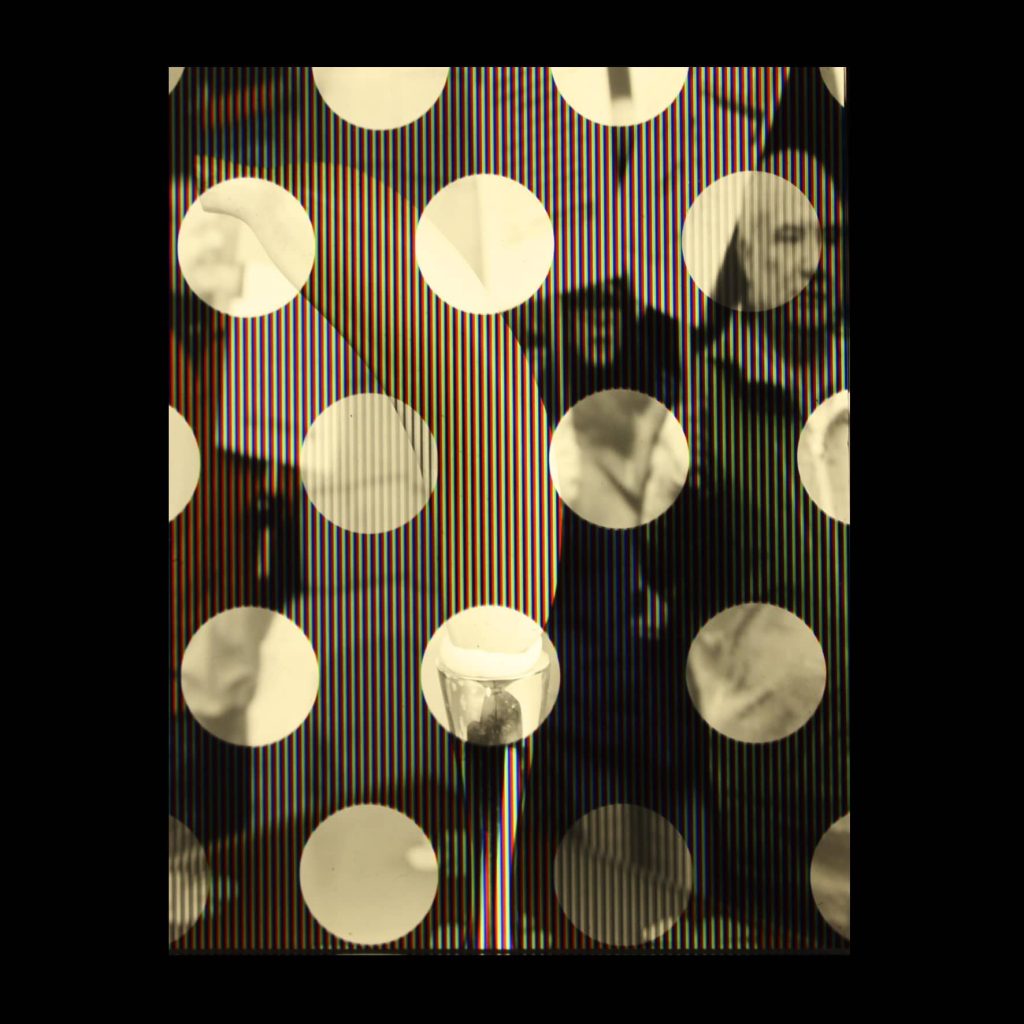 Alan Phelan creates a new suite of his acclaimed Joly screen photographs for PhotoIreland Festival. A World Looted concentrates on the contested area of global fruit production, referencing corporate branded fruit controversies. The work addresses moments where the free flow of food was disrupted by revelations about their production, rekindling memories of imperial and colonial working conditions and histories, all connected to specific branded corporates.
Alan Phelan creates a new suite of his acclaimed Joly screen photographs for PhotoIreland Festival. A World Looted concentrates on the contested area of global fruit production, referencing corporate branded fruit controversies. The work addresses moments where the free flow of food was disrupted by revelations about their production, rekindling memories of imperial and colonial working conditions and histories, all connected to specific branded corporates.
The technique uses the Joly screen photography method which Phelan has revived and used for several exhibitions over the past four years. This is a method of colour photography developed in the 1890s by John Joly, a physics professor at Trinity College Dublin. It is an additive colour method, with a striped red, green and blue (RGB) colour screen placed in front of the film in-camera on exposure and then again on display. Colour information is recorded on black and white film and rendered as a colour image when the screen and film are put together. The film is processed into a positive and so what is displayed is the film that was in the camera, not a print or reproduction. Over the past year Phelan has further experimented with adding further layers resulting in dense images of stripes, colour, and photographic fragments. This also allows for issues around post-appropriation by referencing existing images and locating or placing the process along and into a different historical context and timeline.
About the Artist
Alan Phelan is an artist based in Dublin whose practice began in photography and has extended into many different media and mediums with a focus on interpretation, language and collaboration. He studied at Dublin City University (1989) and Rochester Institute of Technology, New York (1994) under a Fulbright scholarship. He has had significant solo exhibitions at the Centre Culturel Irlandais (2021), Royal Hibernian Academy (2020), Dublin City Gallery, The Hugh Lane (2016) and the Irish Museum of Modern Art (2009). Gallery solos also include Golden Thread Belfast (2014), The Black Mariah Cork (2011) and Mother’s Tankstation Dublin (2007). Group exhibitions include Garage Rotterdam (2020), EVA International (2016), Bonn Kunstmuseum (2015), Treignac Projet (2014), Bozar Brussels (2013), Feinkost Berlin (2007), The Whitney Museum of American Art (2004). Public art projects include Sculpture Dublin O’Connell Plinth, City Hall and Void Offsites, Derry, forthcoming in 2021. Previous commissions include Dublin City Council, IMMA, St. Michael’s House. His work is included in the collections of the Irish Museum of Modern Art, The Arts Council, Trinity College Dublin, Limerick City Gallery of Art, The National Self-Portrait Collection, the Office of Public Works and several private collections. Residencies include NCAD, Dublin, CCI, Paris, HIAP, Helsinki, URRA, Argentina and FSAS, Dublin. Recent awards include Creative Ireland MCCCS (2019), an Arts Council Bursary (2017) and the Hotron Éigse Art Prize (2016).
Dániel Szalai, Unleash Your Herd's Potential
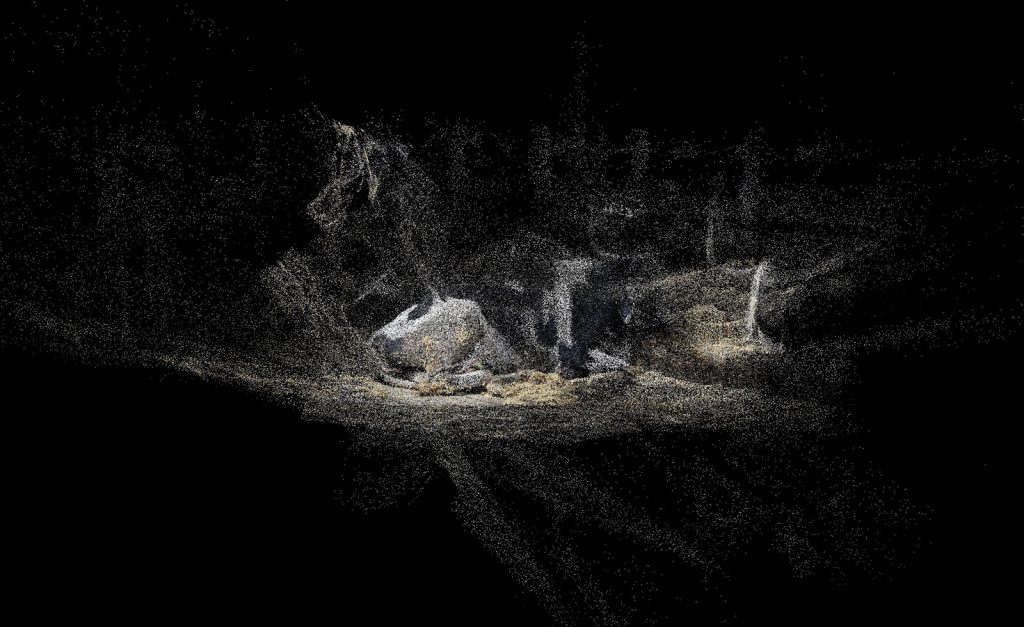
Considering precision livestock farming, the project Unleash Your Herd’s Potential takes cattle as an animal broken to the algorithm and reflects on surveillance, exploitation and our relationship to nature.
Utilising computer vision, artificial intelligence and robotics, today’s automated dairy farm functions as a new kind of panopticon in which animals are subject to continuous digital monitoring. The extensive technology infrastructure enables quantifying all aspects of the cows’ life; hence, it allows treating each individual of the herd as a mere dataset in line with the idea of 360-degree customer view. This can be regarded as an example of surveillance capitalism applied to animals, and the new means of consolidating the distance between human and non-human entities through virtualisation and gamification.
Unleash Your Herd’s Potential addresses these issues by rendering cows and their environment using photogrammetry. Employing this 3D-scanning technique results in a work characterized by a 21st-century bucolic imagery in which the datafied existence of animals belongs to an increasingly technological landscape perceived through digital means.
In addition, the work comprises a collection of salt licks, providing a counterpoint to the images by bringing in materiality and the agency of the cows.
Artist Talk
1pm Wed 7 July
With David Hunt
Book here →
About the Artist
Daniel Szalai is a visual artist born in Hungary, in 1991. His works investigate peculiar manifestations of human-animal relationships and reflect on ecological, societal, political and economic anomalies.
Szalai studied photography at the Moholy-Nagy University of Art and Design in Budapest and the University of Applied Arts in Vienna and also holds a degree in Art and Design Theory.
In 2020, Szalai was selected for the Futures Photography Platform and nominated for the C/O Berlin Talent Award. A year earlier, he was a winner of the LensCulture Emerging Talent Awards and the recipient of the ON Award at OFF Bratislava. In 2018, he became a laureate of the Carte Blanche Award and he was awarded the grand prize at the Budapest Portfolio Review. He was a participant of PARALLEL – European Photo Based Platform in 2018–2019.
His works were presented internationally at solo and group exhibitions and published widely in online and print media. Szalai is a member of the Carte Blanche Collective. He lives and works in Budapest.
Gê Viana, Overlapping Histories

Image: Overlapping Hisotries, 2019. Two women and a man rest eating cane crystal in Jamaica. Performance by Gê Viana at the cane plantation at Jaca Jardin Canada MG.
Gê Viana traces her history, through the creation of photomontage and photo performances within urban and rural interventions. In her works, she deals with themes such as colonisation and slavery of black and indigenous people.
The media she uses is significant. In Sobreposição da história (Overlapping Histories), the collage is presented on raffia sacks, signalling the backs and exploitation of labourers who, as in the past, are unloading products from the slave plantation, still present in many places today. Viana overlays these surfaces with photomontages that dislocate the official historical narrative and become a mechanism for bringing agency and power to those bodies.
The work is accompanied by a performance video, in which selenite is used to wash away the suffering that black bodies endured in the cane fields. Since selenite provides nutrients and cleanses, Viana mixes it into sugarcane juice to massage the feet and hands of the people invited to this act/ritual.
Overlapping Histories was generated from a residency in Belo Horizonte at Bolsa Pampulha in 2019. Since 2019 the work has been reconsidered and developed further. For PhotoIreland Festival, the work will be presented as an installation, alongside a video piece, shown in Ireland for the first time. A special text accompanies the exhibition, written in response to this work by artist, writer and psychologist Castiel Vitorino Brasileiro.
On-site text translated by Helena Gouveia Monteiro.
About the Artist
Gê Viana lives in São Luís in the state of Maranhão, but she always returns to the village of Centro do Dete, where she was born, to spend time with her relatives and with nature. Much of her art comes from this revisited source that reappears in photomontages, collages, graffiti art, installations, and urban and rural interventions.
Born in the rural zone of Maranhão, Gê Viana’s practice initiated from the construction of visual archives and the manipulation of these images, problematising issues related to Afro-indigenous ancestry and the normativity of gender and human sexuality. From photographs, photomontages and urban actions, Viana performs visual interventions on façades of mud houses and urban walls, to which she adds layers related to the presence of bodies and attitudes marginalised by hegemonic society. In some works, she establishes dialogues with the fields of dance and performance.
Viana was nominated for the Pipa Prize in 2019 and 2020.
Hans van der Meer, Time to Change
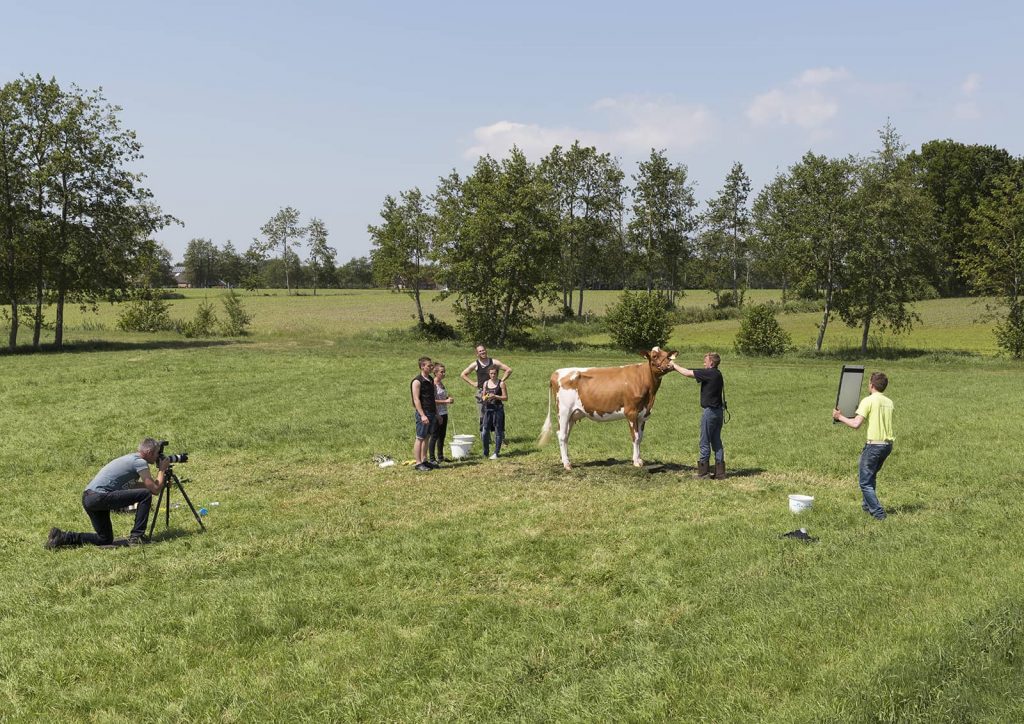
The gap between consumer and the world of the cow has been growing over the past few decades. Hans van der Meer lives in the centre of Amsterdam, but when his farmer friend Jaap Hemke goes on holiday, Hans looks after the farm. He has been doing this for nearly twenty years, stimulating a deep interest and a particular insight into dairy farming.
In Time to Change he is looking at, and thinking about, cows and consequently dairy farming, animal welfare, hi-tech food production, and its impact on the environment. Van der Meer’s pictures are the trigger for a series of observations highlighting the complexity of modern farming.
In many of the photos the cow looks puzzled. Or is it that she’s questioning us? How will we be shaping the future in food production? And what will the role of the animals be in it?
For PhotoIreland Festival, Hans presents a video installation and a series of billboard portraits around Dublin. Follow the QR on the billboards to be taken to a specially developed app to find out more about the project.
Time to Change, by Hans van der Meer, is a Paradox project, also available as a book.
Artist Talk
1pm Wed 14 July
With Niall Sargent and Siobhan Moran
Book here →
This presentation is supported by the Mondriaan Fund.
About the Artist
Hans van der Meer is a documentary photographer. Through photography, film and writing Van der Meer examines the world around him. He studied at the Technical School for Photography in The Hague and the Rijksacademie van Beeldende Kunsten in Amsterdam. With an eye for coincidence, body language and absurdity he photographed everyday life on the streets of Budapest (Hungary) in the mid-80s. His observations were published in Quirk of Fate (1987) and won a World Press Award in the Daily Life category. The projects Dutch Fields (1998) and European Fields (2006), about football in its original form, brought him international acclaim in the art world and beyond. In 2004 he published Achterland (Hinterland), dealing with spatial planning in The Netherlands. In 2012 followed by The Netherlands – Off the shelf, in which he brings together his own photography and his fascination for vernacular photography by including catalogue images of street furniture. In 2018 Time to Change – The Changing World of the Dutch Cow was published, in which he is looking at, and thinking about, cows and consequently dairy farming, animal welfare, hi-tech food production, and its impact on the environment. His photographs and writings were published in leading Dutch newspapers de Volkskrant and NRC. His work is shown in museums and galleries around the globe.
Hertta Kiiski, Milky Way
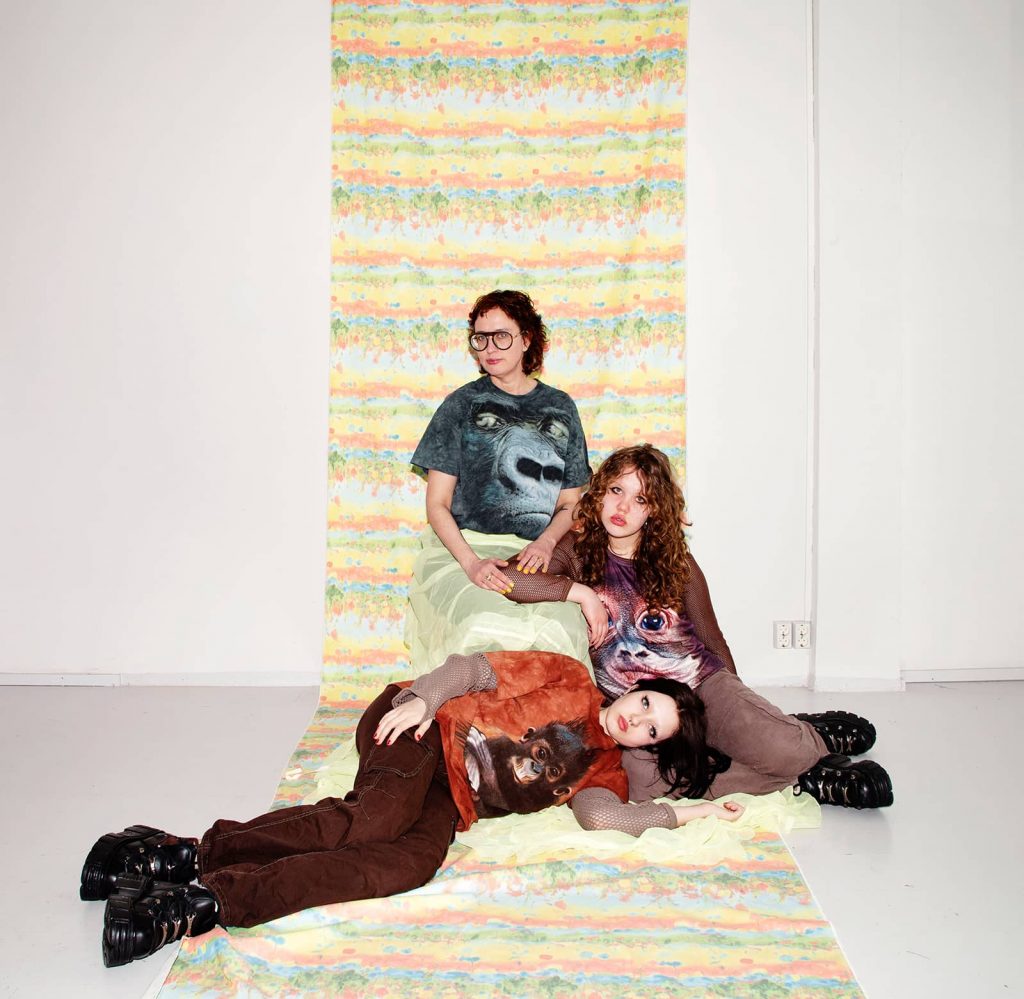
This commission by PhotoIreland Festival invites Finnish artist Hertta Kiiski to present a new body of work called Milky Way to respond to the theme of this year’s festival of food and consumption politics. The installation will be launched during opening week at Project Arts Centre, later moving to Rathfarnham Castle to join the main group exhibition. Irish artist Róisín White was invited to respond to Hertta’s work by creating a work that would aid the engagement of younger audiences towards this installation and the themes within.
Milky Way is a shrine and a playground that explores co-existence between us and other life forms.
“I approach the ecological catastrophe and animal rights through the emotions and feelings they awaken. At this moment I think that empathy is the key to dispelling the artificial division between humanity and the rest of nature, and to ending the culture of oppression and exploitation – it could work as a bridge to a more equitable coexistence. Collaborating with my teenage daughter and niece I highlight the fact that our children have to deal with the catastrophe we are leaving to them.”
Milky Way addresses the topic of animals treated as milk-producing machines. The human urge to achieve domination over other species crystallises in the act of long-distance transport of unweaned calves. Despite its heart-breaking starting point, the work deals with love and hope for a better future. The installation and performance evoke questions around topics of empathy, ethics and companionship between human beings and other species. The work is aimed at all but particularly at young audiences, achieved through the young protagonists, colours, haptic materials, elements of play and thought-provoking content.
Exhibition Guide: Young Milky Way Explorers
In response to Hertta Kiiski’s Milky Way installation, Dublin based visual artist Róisín White will create an exhibition guide aimed at our younger visitors to investigate and navigate the artwork. These guides will encourage young people (and their families) to take a closer look at the exhibition, to consider the materials used (yes! you can touch this exhibit!), the themes and questions the work poses, and suggest ways that you can make your own artistic response when you get home.
Guides will be available in the gallery space and as a PDF online. Please share your response artworks with info@photoireland.org or you can tag the artist @how_fascinating and festival @photoirelandfst on social media !
Check-In
12pm Sat 24 July, Online
A friendly Zoom check-in will be hosted by the artist, Róisín, facilitating a sharing space. Families who have visited the exhibition are welcome to join and share and talk about the work they saw and made.
Artist Talk
6pm Fri 2 July
Book here →
This commission and presentation is supported by the Arts Council of Ireland’s Commissions Award and FRAME Contemporary Art Finland.
About the Artist
Hertta Kiiski is an artist living in Turku, Finland. She works with photography, textiles, video, installation, space and often with animals and her daughters and niece. Her practice imagines an alternative past or future in which life forms of the planet mingle with each other in harmony. The works exist in a framework of love – the representation of interrelations between humans, non-humans and space. She creates site-sensitive installations to establish a space for breathing and listening.
She has an MFA from the Finnish Academy of Fine Arts (2015) and a BA in Photography from Turku Arts Academy (2012). Her artworks have been on display in numerous galleries, museums and photo festivals in Finland and abroad. The recent exhibitions include a solo exhibition Primeval Soup at Turku Art Museum (FI), Silent Spring at Hafnarborg Museum (IS) and a retrospective exhibition Violet Sea at the Finnish Museum of Photography. Her second book ‘I was an apple and I got peeled – but it was a good thing’ was published 2016 (Kehrer Verlag, Berlin). She is also a board member at an artist-run gallery Titanik in Turku (FI) and runs a window gallery Delfoi. She is currently supported by The Arts Promotion Centre Finland.
Ksenia Yurkova, Spinebone Soup and Stuffed Rabbits
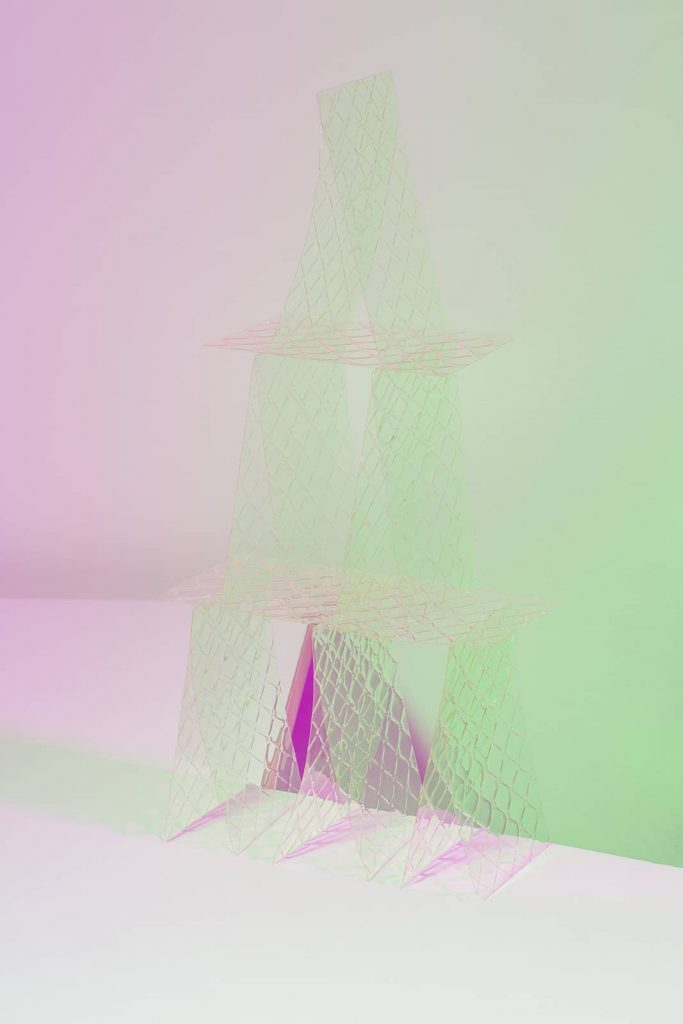 Spinebone Soup and Stuffed Rabbits is a multimedia project covering the biopolitical approach to an issue of food, especially on the specific sides as hunger and overconsumption, studied throughout conflict periods of history as well with a contemporary ideologic understanding of lifestyle, fashion, and well-being. It is implemented in mediums of post-doc and verbatim video, photography, installation, and a cookbook, deconstructing familiar advertising aesthetics and conventional ways of representations.
Spinebone Soup and Stuffed Rabbits is a multimedia project covering the biopolitical approach to an issue of food, especially on the specific sides as hunger and overconsumption, studied throughout conflict periods of history as well with a contemporary ideologic understanding of lifestyle, fashion, and well-being. It is implemented in mediums of post-doc and verbatim video, photography, installation, and a cookbook, deconstructing familiar advertising aesthetics and conventional ways of representations.
“Several years ago I refused eating meat entirely. Insisting neither on ecological nor ethical aspects, I could only guess which machinery of a personal eschatology affected my alimentary choice. The nucleus of my work ‘Spinebone Soup and Stuffed Rabbits’ is a reflection on the nature of food politics; the transition of biopolitics into necropolitics; the establishment of ethics as a product of a dominant ideology; the role of trauma, memory, and speech in the shaping of consumer’s choice. The Siege of Leningrad appeared as a point of departure. For me, it is not some speculative episode of an abstract past, but the humanitarian collapse that directly modeled my anamnesis. I understand it as a unique, timeless space behind the looking-glass; a place of death politics’ effectuation, unthinkable ethical perversions, and trauma’s emergence casting a shadow on generations upwards and revealing hitherto. The phenomenon of the Siege is different compared to a camp, a place of displacement and alienation of political and human rights. In the case of the Siege, the camp conditions were imposed directly on the habitation, home, which afterward didn’t have a chance to become the same again. The Siege in my family, as in many similar families, is an undoubted genetic memory, a trauma, imprinted on the bodily level. Revealed in sophisticated figures of omission, in failure to recite, in postures of violence. Exposed by behavioural patterns of the actors of the family hierarchy, who, for instance, are resorting to food violence or controlling the bodies of subalterns in aspects of food consumption. The food trauma is not only the bitter remembrance of hunger; it is the horror of association with the means of extreme survival. Forced cannibalism becomes a conductor for destructive memory and a reason for dehumanization by the members of the power apparatus. A rhetorical trap: an enemy and a survivor are equally dehumanised. The status of a hero is awarded to the one eaten.”
For PhotoIreland Festival, the artist has designed a site-specific installation for Rathfarnham Castle, which is exhibited alongside the video Vegetarian Interview.
Reading Group
2pm Sun 25 July
With Corina Apostol
Book here →
About the Artist
Ksenia Yurkova is an artist, curator and researcher, living between Russia and Austria. She considers her leading artistic media to be text, photography, video and installation. Yurkova started her practice as a researcher in the field of political theory and communication theory. The main focus of her interest for a long time was communication and language: the varieties of its substance, the possibility of conversion, its mythological aspect, stereotyping (the question of personal and political self-identification and identification by others), problems of memory, attitudes, and reliance. Lately, the artist is researching the phenomenon of affect in its autonomous bodily emanation; in its personal and political registers. She focuses upon how a stage of individual perception, to which one can relate memory, traumatic recollection and problems of identity construction, transforms itself into affects of the political body. Coming a long way from political and cultural journalism, through organising and curating cultural and art events, Ksenia settled in individual artistic and research practice, which allows the useful critical distance for observation and working with contemporary issues. Her approach is based on methods of language appropriation, over-affirmation, self-reflection and self-criticism through ironic components inevitably added to the most pressing matters. Nonetheless, Ksenia didn’t give up socially engaged practice and launched a festival-laboratory Suoja/ Shelter in Finland, and an artist-in-residency research programme InSilo in Austria. Ksenia Yurkova has taken part in numerous shows and festivals, has released several artist books. Her works are in private collections worldwide, mostly in Russia, Germany, France, Finland, and Austria.
Sheng-Wen Lo, TUNA
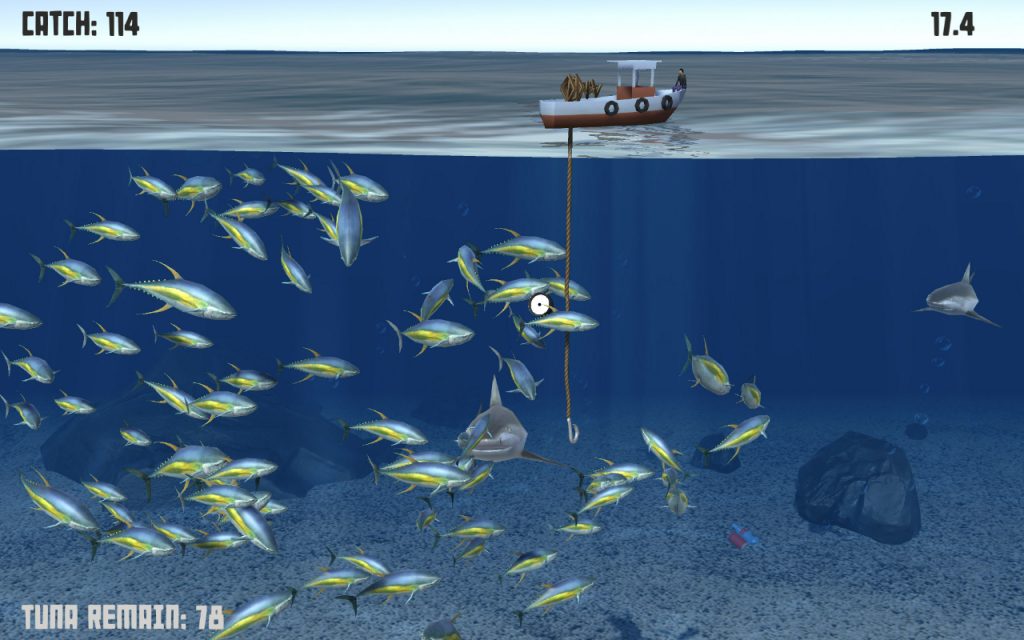 In his work, Lo questions and analyses our current human-animal relationships, using a number of technological mediums, such as video games, and still and moving images. His practice is not just that of an artist, but a scientist. His work is critical, but with humour he presents us with ways how technology turns animals into data and a product. In doing so, he brings forth questions of ethics and the cost of progress.
In his work, Lo questions and analyses our current human-animal relationships, using a number of technological mediums, such as video games, and still and moving images. His practice is not just that of an artist, but a scientist. His work is critical, but with humour he presents us with ways how technology turns animals into data and a product. In doing so, he brings forth questions of ethics and the cost of progress.
For PhotoIreland Festival, Lo presents a video game on overfishing and sustainability, TUNA. The premise of the game is simple – to catch yellow-fin tuna, a common fish sold in supermarkets but listed “Near Threatened” in the IUCN red list. The player can easily experience the consequences of overfishing, and has to figure out how to fish sustainably.
Artist Talk
1pm Wed 28 July
With Maria Delaney
Book here →
This presentation is supported by the Mondriaan Fund.
About the Artist
Sheng-Wen Lo is a Dutch based Taiwanese artist interested in relationships between non-humans and societies. These relationships fascinated the artist since childhood: Why do people love and pet certain animals? Why do people eat certain species but not others? Why are some people scared of little bugs? Lo believes these relationships reflect people’s values, attitudes and collective memories toward their surroundings.
Daily experiences are his starting points. As mass production seems to ease life, there is a tendency for us to presuppose, to take things for granted. For defying this tendency, Lo thinks we should be raising questions instead of blindly following social frameworks. Instead of reaching conclusions or consensus; he believes in discussions and dissensus. The intention, hence, is to spark debates while constructing experiences, which encourage audiences to doubt, formulate questions, and challenge the status quo.
AVAILABLE TO PRE-ORDER NOW
FOR RELEASE IN SEPTEMBER
Published on the occasion of the twelfth edition of PhotoIreland Festival, this limited edition publication will present a record and reflection of the month-long programme of events. In addition, readers will find exclusive texts and work, expanding on the conversations had during the festival. We invited a number of contributors to reflect on the theme of the festival and some of the artists presented.

